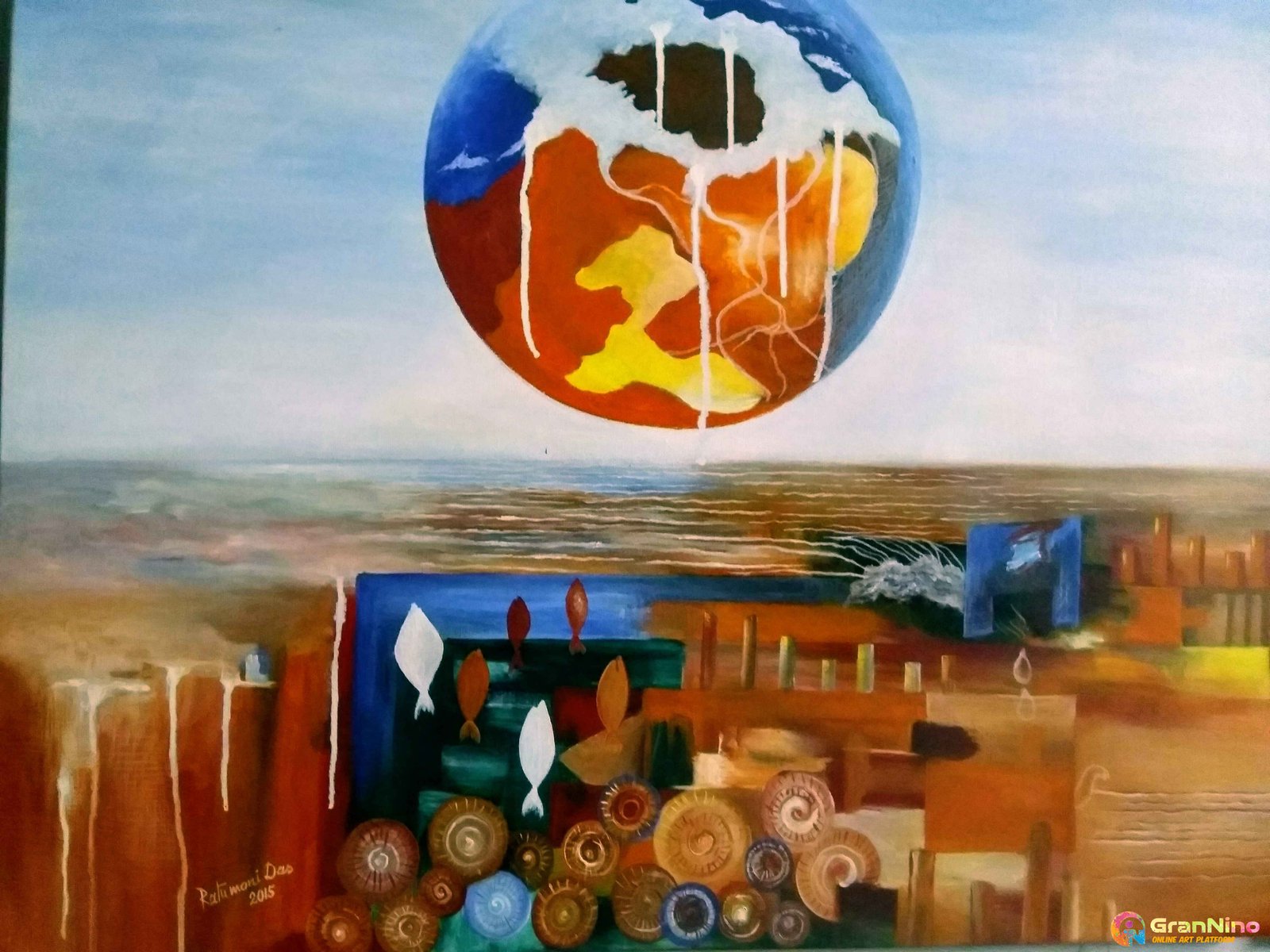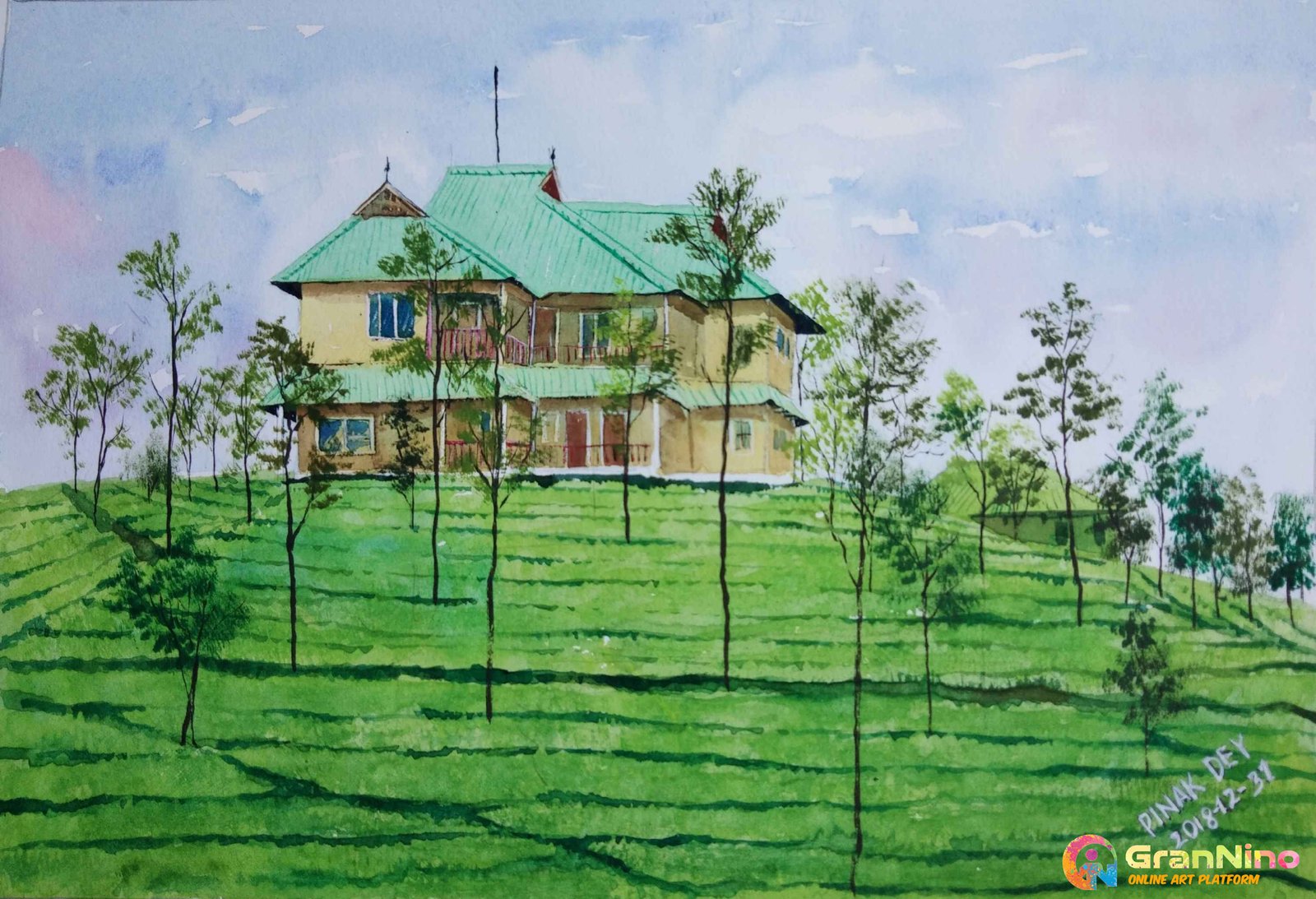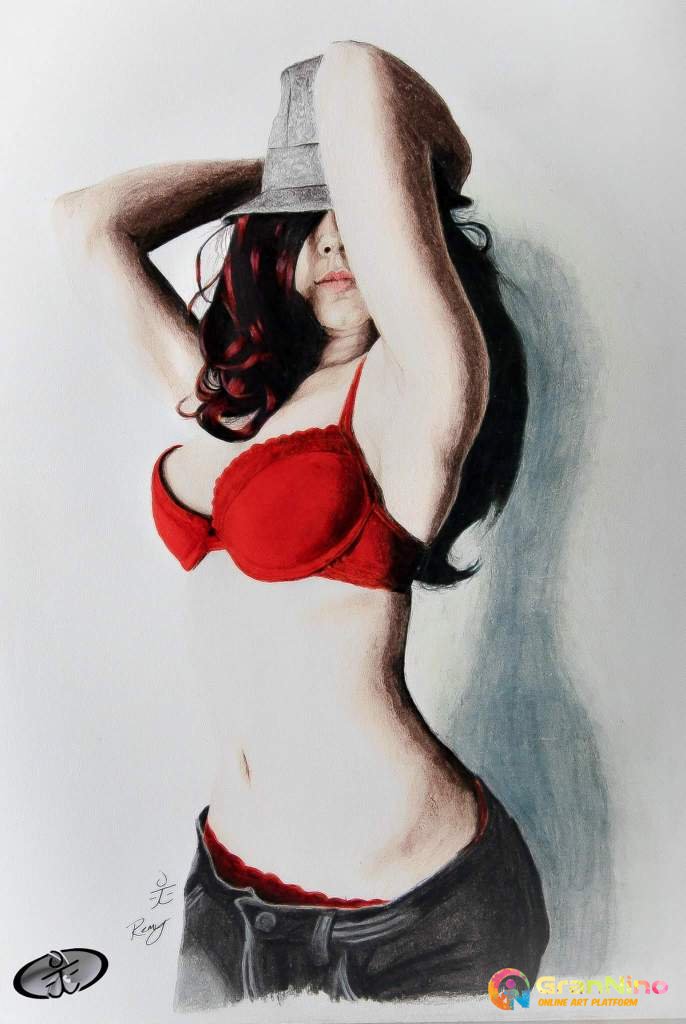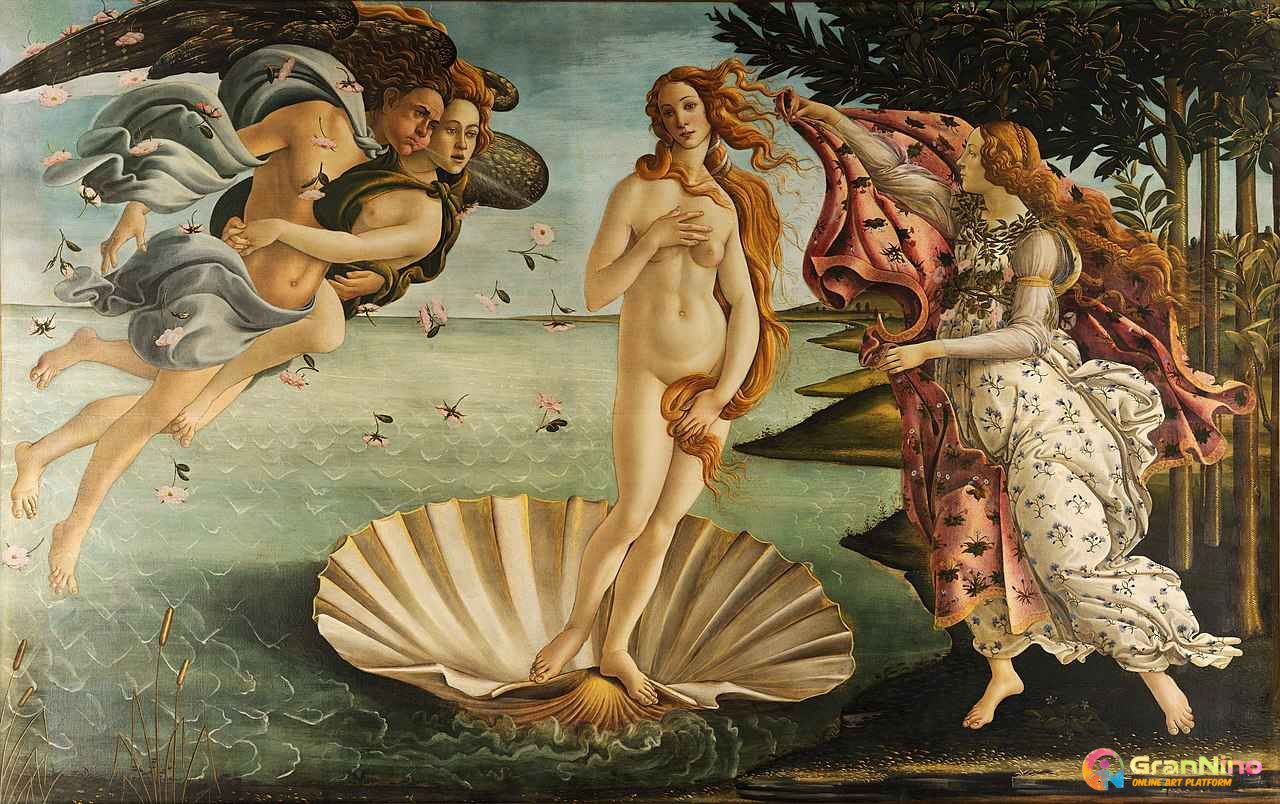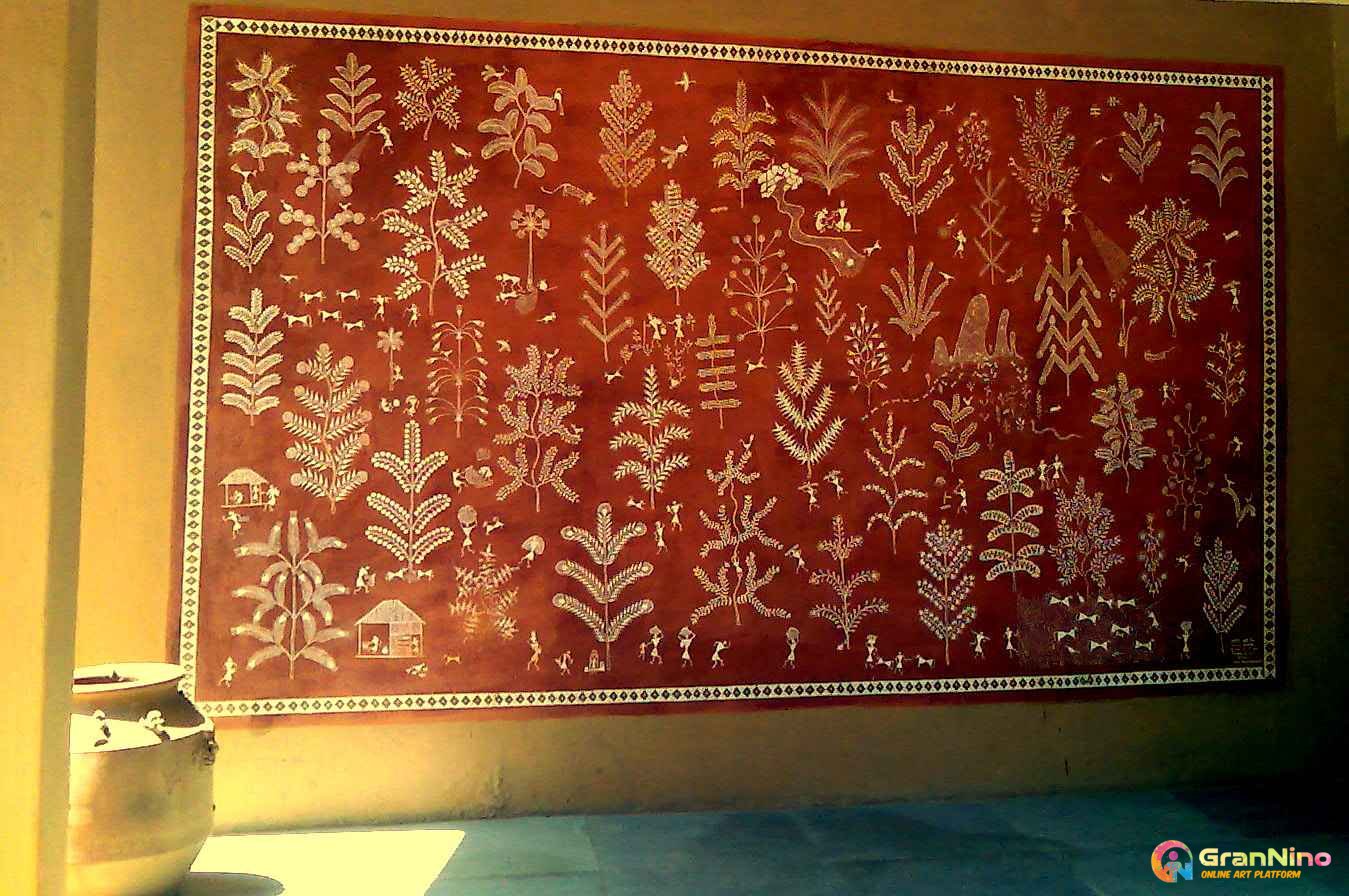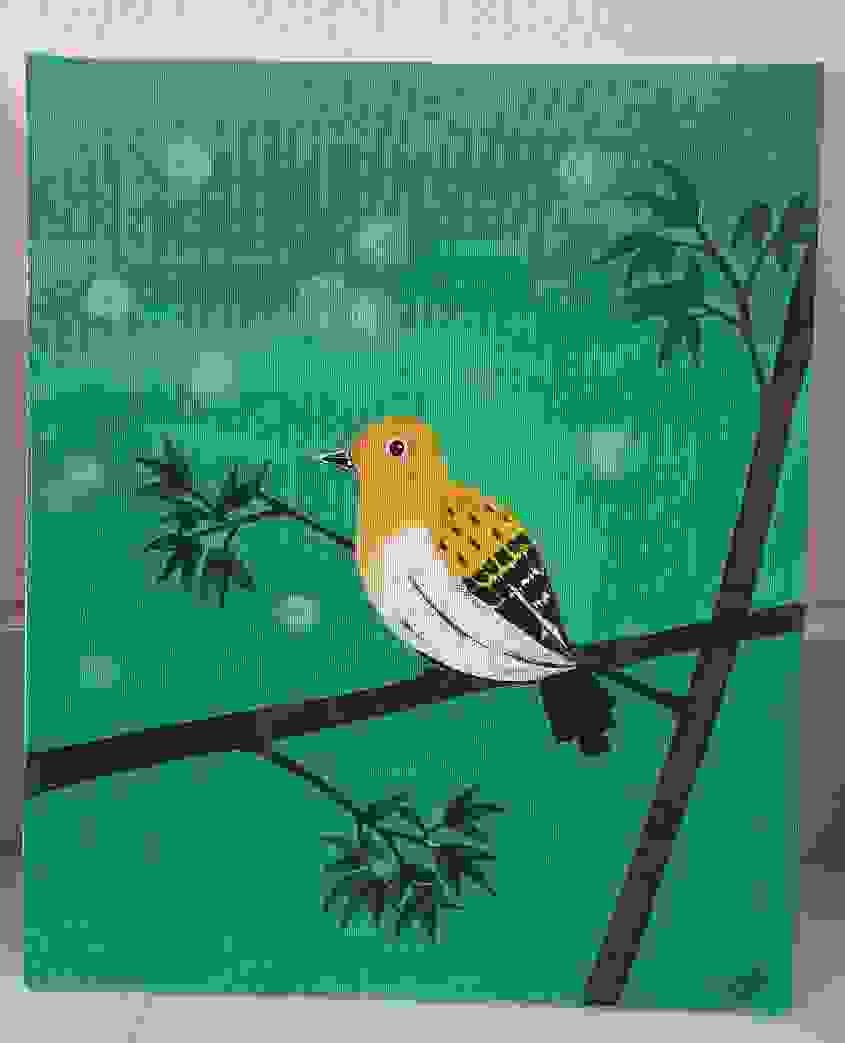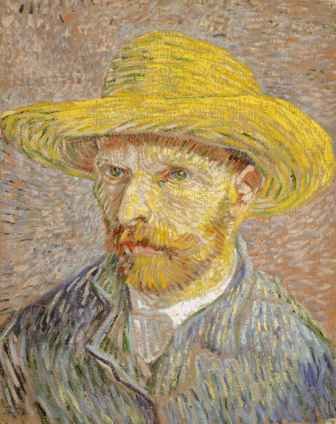Oil Painting, Origin , History and its importance
Oil paint was invented long ago. Oil paints were first used in Asia as early as the 7th century AD. The oldest known oil paintings are Buddhist murals created almost at 650 AD. The paintings are created by walnut and poppy seed oils. The paintings are located in cave-like rooms carved from the cliffs of Bamiyan Valley of Afghanistan. Later it was used by most famous artists like Vincent Van Gogh, Leonardo da Vinci, Pablo Picasso.
 Credit to @rocksheat
Credit to @rocksheatArticle Details
Publish Date: 12/12/2021
Related Tags:
oil painting oil paints painting guides oil painting guides
Advertise Here Contact us

SUBSCRIBE TO OUR NEWSLETTER
Most Asked Questions:
- Q. Explain the difference between Oil Painting and Tempera ?
- Answer: Tempera is a water soluble and fast drying painting medium, used long before the modern oi......, On the other hand, Oil painting is the most preferred paint.... Know More
- Q. Where can I buy Oil Painting (on Canvas) without commission?
- Answer: If you are looking for best Oil Painting for commission free purchase, you can check here.
- Q. How to sell Oil Painting online?
- Answer: If you are looking for best place to exhibit and selling Oil Painting , you can try GranNino. GranNino provides free art exhibition and commission free art selling.
